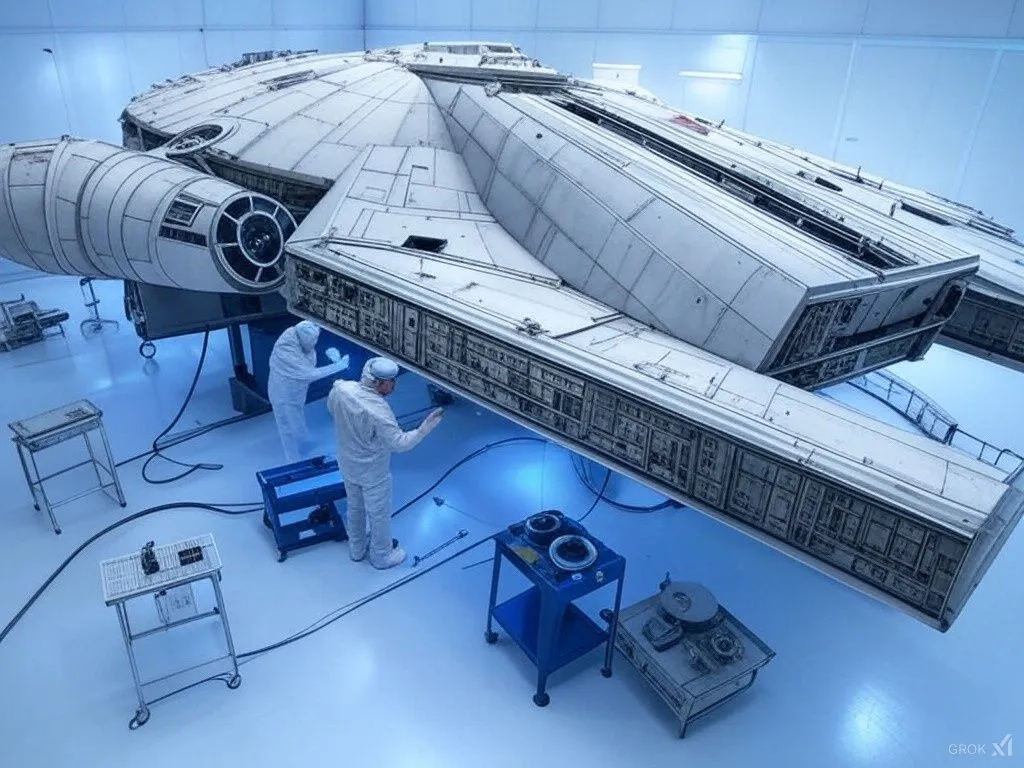Most things going so space are built in "Clean Rooms". The idea being that if things are clean, they will work better and reduce risk in space.
This series looks at clean rooms, what they are and do they still need to be used.

What is a Clean Room?
A clean room is a highly controlled environment designed to minimize the presence of airborne particles, dust, and other contaminants.
These rooms maintain a specified level of cleanliness, typically measured by the number of particles per cubic meter of air. They feature sophisticated air filtration systems, often using HEPA or ULPA filters, to remove particles from the air.
Clean rooms are equipped with positive pressure to prevent outside contaminants from entering.
Individuals working inside must wear specialized garments like coveralls, gloves, masks, and sometimes even overshoes to keep things clean.
The walls, floors, and ceilings are made from materials that do not create dust, and all tools and equipment brought into the room are carefully cleaned or designed not to create unwanted particles.
This way any work, especially in sensitive industries like semiconductor manufacturing or satellite assembly, is done in an environment that prevents contamination.
Clean rooms are used in many industries, and were adopted early in our space journey when building satellites.
NASA adopted them to help prevent failures in the vacuum of space where dust could cause a short circuits or mechanical issues.
Next . . .
In Part 2 we look at the key reasons clean rooms are used for space objects.